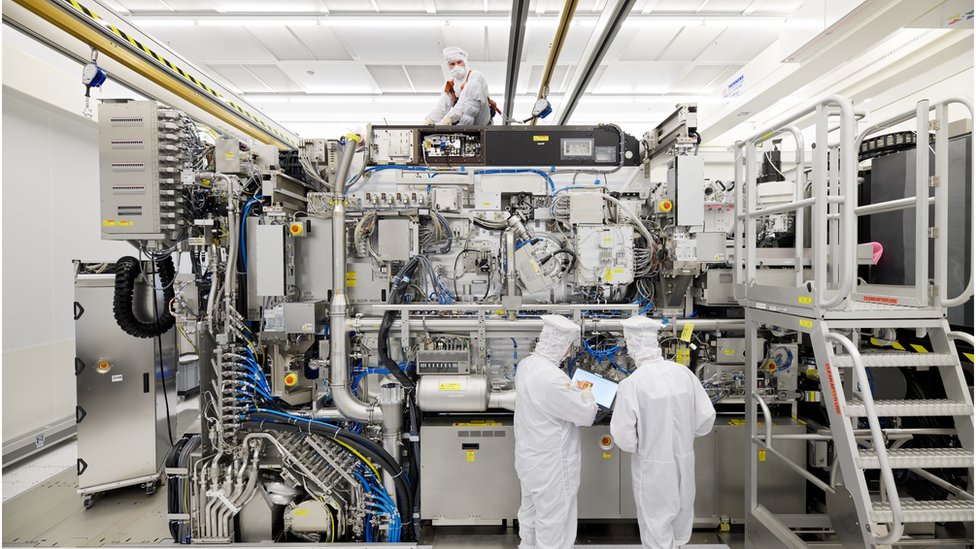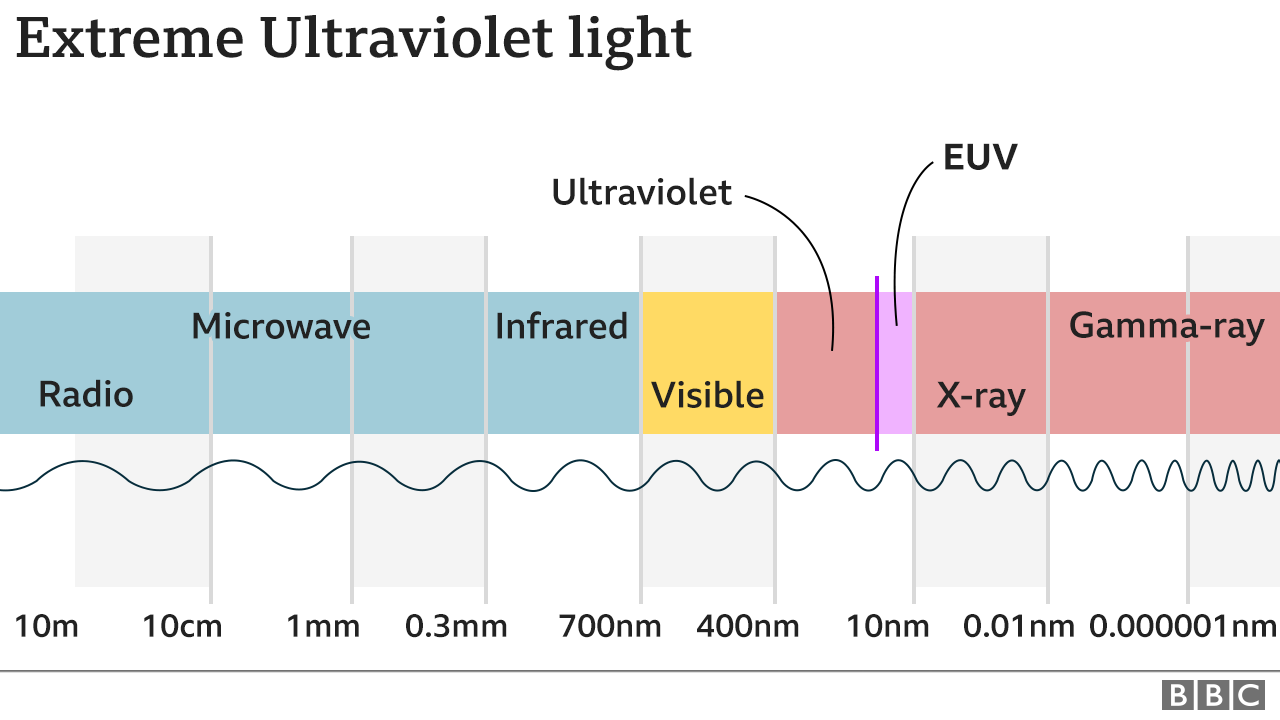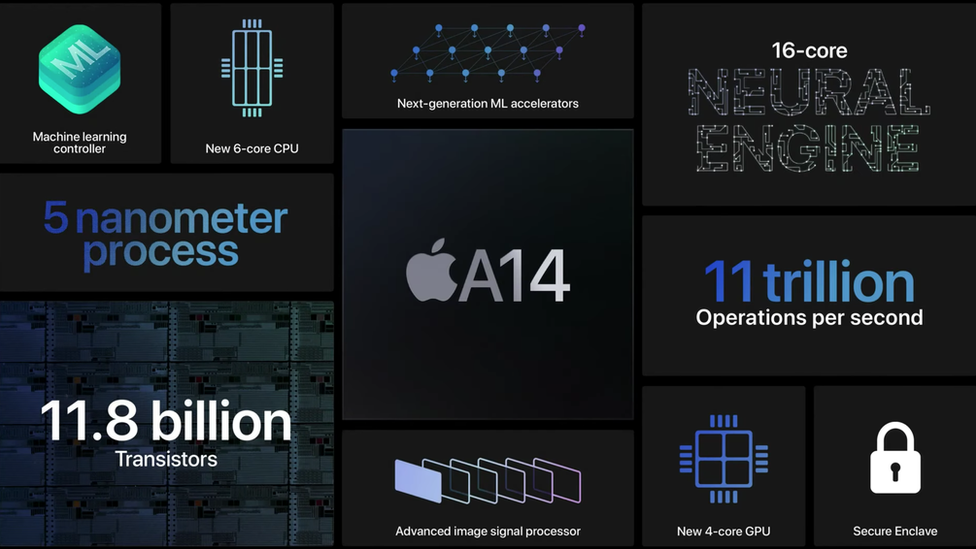When Apple unveils its new iPhones, expect it to make a big deal of the fact they're the first handsets in the world to be powered by a new type of chip.
This, we'll likely be told, will let owners do things like edit 4K video, enhance high-resolution photos and play graphically-intensive video games more smoothly than was possible before while using less battery power.
The "five nanometre process" involved refers to the fact that the chip's transistors have been shrunk down - the tiny on-off switches are now only about 25 atoms wide - allowing billions more to be packed in.
Effectively it means more brain power.
Travel back just four years, and many industry insiders doubted the advance could be delivered so soon.
That it has been, is in large part down to the ingenuity of a relatively obscure Dutch company - ASML.
It pioneered a way to carve circuitry patterns into silicon via a process called extreme ultraviolet (EUV) lithography.
Its machines cost a cool $123m (£92m) each, which is high even in relation to other semiconductor industry tools.
But it's currently the only company making them. And they are still more cost-effective than alternative options, in part because of a low defect rate.
"At such small scales precision is key," said Dr Ian Cutress, who reports on the sector for Anandtech.
"What they're doing is akin to hitting a stamp on the surface of Mars with a paper aeroplane."
ASML likens its technology to making the leap from using a marker pen to a fine-liner.
But rather than ink, it uses what it terms "feeble light" generated via a mind-boggling process.
"We take a molten droplet of tin and we fire a high-power industrial laser onto it, which basically vaporises it and creates a plasma," explained spokesman Sander Hofman.
"And that plasma shines UV light.
"This all happens 50,000 times a second - so 50,000 droplets get hit - which creates enough light for us to capture with a series of mirrors - the flattest in the world."
A blueprint of the chip's design is encoded into the light, he added, by passing it through a mask and then shrinking it with lenses.
It then hits a light-sensitive coating on a silicon wafer, causing the chip's design to be "printed".
Only two chip manufacturers have put this to commercial use so far :
- Taiwan Semiconductor Manufacturing Company (TSMC) - sole supplier of the A14 to Apple for its latest iPhones, iPads and Mac computers
- Samsung - which is making a new Qualcomm processor for Android phones, set to be formally unveiled in December
The two firms each own a stake in ASML alongside Intel, which is also expected to start using the tech in 2021.
But one notable competitor has been locked out.
China's Semiconductor Manufacturing International Corporation (SMIC) reportedly put in an order, but the US government intervened to prevent ASML's machine being exported on the basis its output might end up in weaponry used by the Chinese military.
SMIC currently lags several generations behind on 14nm chip tech, and experts suggest it would have needed some time to master everything required to move to 5nm.
But the fact it has been blocked from even trying leaves the company and Beijing's wider ambitions for its chip industry "in a difficult position", said Jon Erensen from research firm Gartner.
"That is the US's intention," he added.




